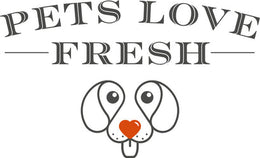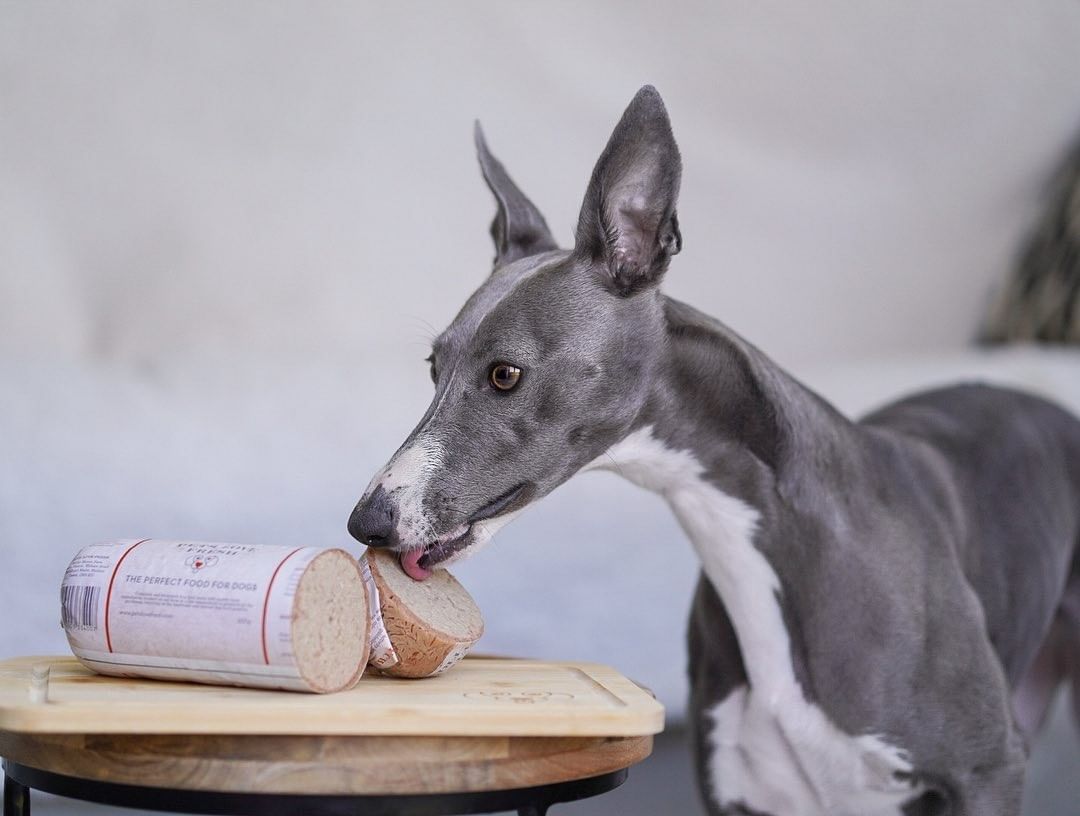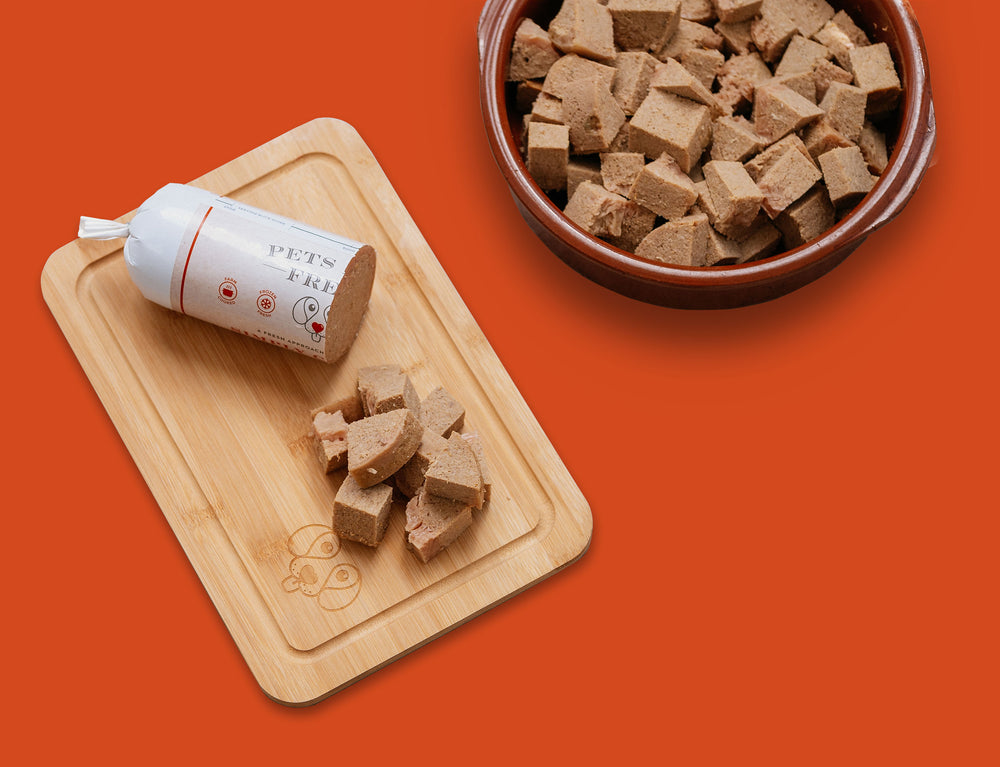Changing Dog Food: How, Why and Benefits
Finally - you’ve found a dog food formula your dog likes to eat. While it may seem like you’re sorted for life, it’s not quite so simple. We have all probably experienced the frustration of seeing our dogs turn up their noses at a food they used to love, or suddenly faced with new digestive symptoms.
While one formula may offer complete nutrition, it might be worth switching things up and changing dog food to ensure your dog’s diet is varied – and their nutritional needs are fully met.
It isn’t just about the flavour, either. Your dog may like their current variety of dog food, but did you know plenty of big brands fill their formulas with unhealthy ingredients, preservatives and additives. Switching your dog to a healthier variety, in the right way, can help with behavioural issues, skin conditions, a healthier coat, weight problems and so much more.
Should You Change Your Dog’s Food?
We humans like variety on our plate. Imagine eating the same dish for one year straight? Dogs are mammals like us. They’re omnivorous, so they also need an array of vitamins and minerals to stay healthy.
Changing your dog’s food ensures they don’t get bored, and are getting everything they need from their diet. Deficiencies can arise from eating certain types of dog food, and even the big brands can add preservatives, additives and other nasties we keep away from ourselves.
Importantly, dogs can also develop protein allergies to meats they eat too often. They can also develop allergies or experience symptoms of IBS in response to common allergens like wheat and gluten, found in much commercial kibble.
This is why at Pets Love Fresh we offer three flavours of our complete nutritional formula: beef, chicken and pork. We recommend rotating between these to keep your dog happy and healthy.
In addition to these regular changes, dogs’ needs change as they age. They should be weaned from puppy formula to adult formula and in older age they may require less food for a more sedentary lifestyle, or supplements to aid joint health as well as specific health conditions.
How To Change Your Dog's Food
In case you’re wondering how often you should change dog’s food, conventional advice is to change it at least every three months, but more if your dog’s stomach is okay with it.
It is important to transition to a new food gradually, over seven to ten days, increasing the amount of new food while reducing the old food, to allow your dog’s digestive system to adapt.
You might ask: “but what happens if I change my dog’s food too fast?” Not introducing a new food gradually may give your dog an upset stomach, leading to constipation, diarrhoea and pain.
Changing dog food doesn’t mean you need to change the brand. If your favoured brand has a few recipes featuring different meats, simply switch between a few.
Read our handy guide to understanding dog food ingredients to help inform your dog’s diet and choose a new food.
Effects of Changing Your Dog’s Food
Swapping dog food may cause some dogs gastro-intestinal symptoms, to begin with, but these should ease over time.
Changing dog food too quickly can initially cause constipation and diarrhoea, but if the new food is introduced gradually these should be minimal.
When changing your dog’s diet, make sure you watch out for symptoms of allergies or intolerances, including itching, yeast infections and diarrhoea. If symptoms persist, consider investigating whether your dog has an intolerance to a particular grain or protein. A vet should be able to help you find out the problem, or you can try eliminating different foods and carefully watching for symptoms and mood changes.
When changing to a healthy, nutritious and well-balanced food, you may notice an increased appetite at feeding times, and a more energetic, happier pup.
Benefits of Changing to Fresh Dog Food?
First let’s mention the obvious: fresh food tastes better than tinned food. We know this from our own experiences, and our dogs are no difference. Omnivores are used to getting a variety of different foods and nutrients, from various sources, and they’ve evolved to enjoy a range of meats and flavours.
Kibbles and tinned food are cooked at high temperatures to extend shelf life. As a consequence, their nutritional value is reduced – with fillers such as wheat, gluten and carrots added as a cheaper alternative. Raw food, on the other hand, exposes dogs to potentially dangerous bacteria.
Our Pets Love Fresh dog food recipes have been developed to offer everything your dog needs, may be better for dogs with allergies, and our dogs think they have a superior taste to commercial brands. Rotate between our farm-fresh meat flavours, to keep your dog happy and healthy. We also offer hypoallergenic dog food
and sensitive stomach dog food ranges for dogs that need extra dietary care
Try a taster pack and see if your dog agrees.


